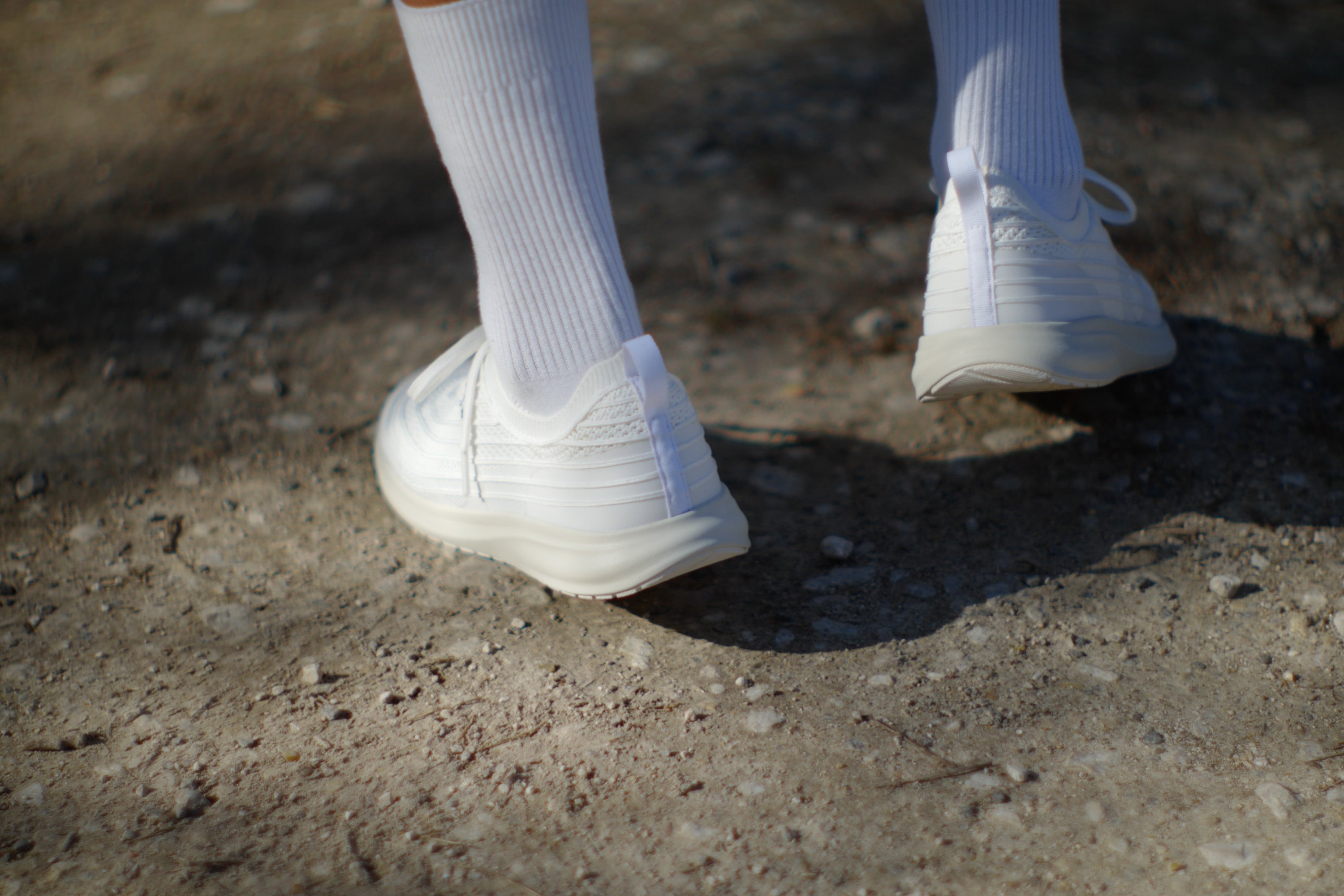
Breaking in new shoes can be a frustrating trial, especially when you're worried about blisters and discomfort. You might ask if your new pair will ever feel right on your feet or if the effort is worth the risk of painful missteps. This guide lays out practical steps and proven methods that fit a variety of shoe types—from dress shoes to boots—making the process as straightforward as possible. We address concerns like limited time, differing materials, and the fine line between breaking in shoes and harming them. With clear timelines and easy-to-follow advice, you can sidestep the pitfalls and enjoy a smoother transition to comfort.
Let's get started on turning discomfort into a great fit.
Fastest Ways to Break in New Shoes Without Blisters
Ever bought a pair of shoes that feel like a medieval torture device or like walking on sandpaper? You’re not alone. Breaking in new shoes doesn’t have to be a painful odyssey filled with blisters and frustration. The secret to a smooth, blister-free break-in lies in a strategic, gradual approach that respects both your feet and the shoe’s material.
Try these athlete-approved techniques:
- Moisture Method: Lightly dampen targeted areas using lukewarm water or, for some materials, a touch of rubbing alcohol. Pair this with wearing thick or moisture-wicking socks to cushion your feet while the material softens.
- Freezer Technique: For leather shoes, fill resealable bags with water and place them in tight areas of the shoe. Allow them to freeze overnight; as the water expands, it gently stretches the material.
- Targeted Stretching: Use a professional shoe stretcher, apply specialized stretching sprays, or visit a cobbler for precise expansion in pressure points—this prevents awkward wear and potential damage.
- Sock Strategy: Wear moisture-wicking, padded socks at first to reduce friction and help the shoe adapt to your foot’s shape.
Remember, patience is key. Begin with short intervals (about 30 minutes) and gradually increase wear time as your shoes and feet adjust.
Effective Methods for Breaking in Different Shoe Materials
Not all shoes are created equal – each material demands a unique approach to retain both comfort and structural integrity. Below is an integrated guide addressing common shoe materials:
| Material | Breaking-In Method | Caution Points |
|---|---|---|
| Leather | Use gentle conditioning (with a leather conditioner), targeted moisture application, and gradual wear with thick socks. | Avoid excessive or direct heat to prevent damage. |
| Canvas | Wear frequently with thick socks and, if needed, apply gentle heat to facilitate a proper stretch. | Maintain shape during stretching; canvas is forgiving but can deform if mishandled. |
| Synthetic | Use flexible stretching techniques along with specialized stretching sprays; initial short intervals are recommended. | Be cautious with heat as synthetic materials are less forgiving than natural ones. |
| Suede | Opt for professional stretching methods and minimal moisture application. Patience is key. | Highly sensitive to water – avoid aggressive moisture methods. |
Key principles include testing methods on a small, hidden area first, applying gradual and consistent pressure, and always keeping the unique characteristics of your shoe material in mind.
How to Tell if Your Shoes Are Breaking In or Just Not Fitting
It’s important to distinguish between shoes that are simply adjusting to your foot and those that might never offer a proper fit. Here are some clear indicators:
Signs Your Shoes Are Breaking In
- Slight initial tightness that gradually relaxes over multiple wears.
- Even pressure distribution and a reduction in friction points.
- Consistent improvement in comfort, making the shoe feel like a natural extension of your foot.
Red Flags Indicating a Poor Fit
- Persistent pain or sharp discomfort in specific areas even after several wears.
- Noticeable uneven pressure distribution or pinching that doesn’t improve.
- Excessive heel slippage or significant movement inside the shoe.
- Cramped or compressed toes that do not improve with gradual wear.
Listening to your body's signals is crucial. If your shoes continue to produce significant pain or persistent issues, it might be best to consider an alternative fit rather than forcing a break-in. For those dealing with specific foot conditions, such as plantar fasciitis, it’s especially important to choose footwear designed for your needs. Learn more about the best footwear for plantar fasciitis and what to avoid with our helpful guide on what not to do with plantar fasciitis.
Final Thoughts
Breaking in new shoes is more than just a process—it's a journey of understanding your feet and finding the right balance between comfort and performance. The methods we've explored are more than quick fixes; they respect the unique relationship between your feet and the shoes that support them. Every step matters, whether you're an athlete pushing limits or simply navigating daily life.
Remember that patience is key. Breaking in shoes isn’t about forcing a fit, but rather about allowing a natural connection to develop between your foot and the shoe. Each pair has its own personality, much like the individual wearing them. The right approach can transform a stiff, uncomfortable shoe into a trusted companion that moves with you—not against you.
Foot health is fundamentally about listening—to your body, to your shoes, and to the subtle signals that guide you toward comfort and performance. Embrace the nuanced dance of gradual adaptation and let every step lead you closer to the perfect fit.
At Oliver Cabell, we understand the challenges athletes face with foot health, which is why we’re committed to designing orthopedic shoes that support every step. By combining innovative design with a deep understanding of foot biomechanics, we create footwear that complements the breaking-in process and ensures long-term comfort. Whether you're breaking in a new pair or maintaining a trusted favorite, our shoes are crafted to work in harmony with your foot’s natural movement. For additional support, explore our orthopedic shoes that provide exceptional support without the bulky, medical look.